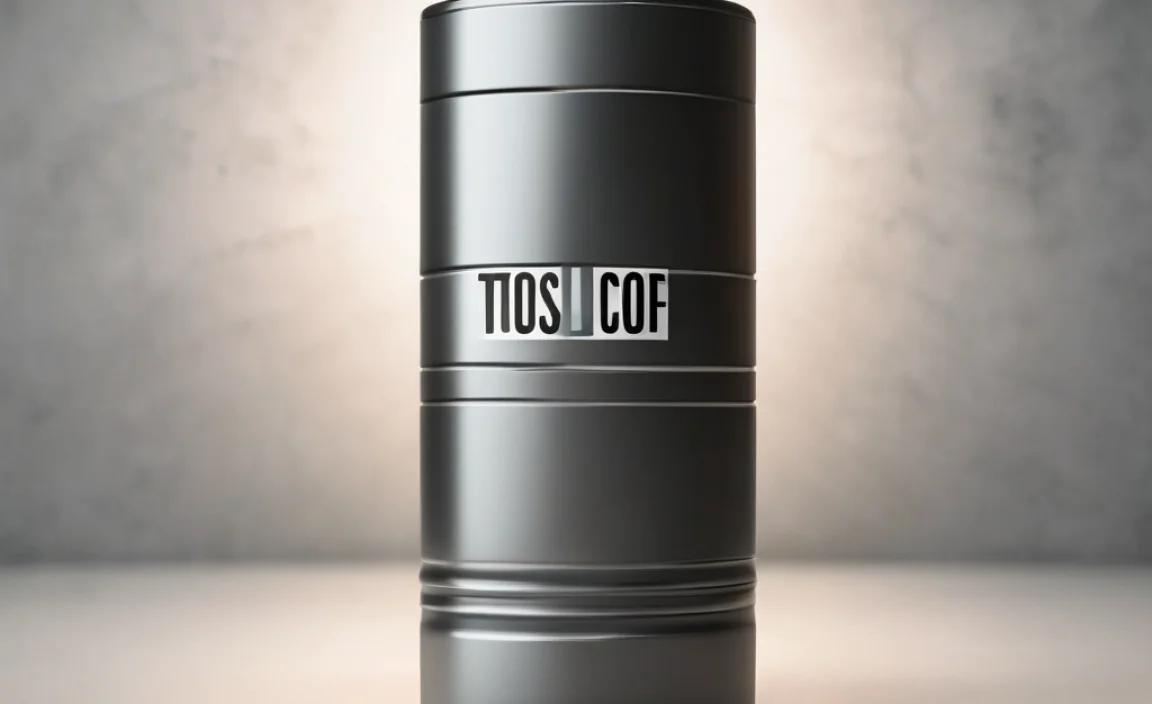24v Scooter Battery: Finding the Best Value for Your Ride
When it comes to powering your electric scooter, the 24 volt battery for scooter is a common and reliable choice. However, navigating the market to find the “best value” can be a surprisingly complex task. It’s not just about the initial price tag; true value lies in a combination of performance, longevity, safety, and compatibility. Understanding these factors will help you make an informed decision that keeps your scooter zipping along for as long as possible without breaking the bank.
The term “best value” is subjective and depends heavily on your individual needs and priorities. Are you a casual rider looking for a budget-friendly replacement, or a daily commuter who demands unwavering performance and a long lifespan? Before diving into specific battery types, consider these crucial aspects.
Understanding the Core Components of a 24v Scooter Battery
At its heart, a 24-volt scooter battery is an energy storage system designed to provide the necessary power for your electric scooter’s motor. While the voltage (24V) remains constant, the true differentiators lie in the battery chemistry and capacity.
Battery Chemistry: The most prevalent types of 24-volt batteries for scooters are lead-acid and lithium-ion.
Lead-Acid Batteries: These are the traditional workhorses. They are generally cheaper upfront, readily available, and well-understood. However, they are heavier, have a shorter lifespan, and require more maintenance (like topping up water in some types). Their energy density is lower, meaning they can’t store as much power for their weight compared to lithium-ion.
Lithium-Ion Batteries: These have become the dominant force in electric mobility due to their superior performance. They are significantly lighter, offer higher energy density (meaning more power for their size and weight), have a longer lifespan (more charge cycles), and require virtually no maintenance. While the initial cost is higher, their longevity and performance often make them the best value in the long run. Within lithium-ion, you’ll encounter various chemistries like Lithium Iron Phosphate (LiFePO4), which is known for its safety and stability, and Lithium-ion Manganese Oxide (LiMn2O4) and Lithium Cobalt Oxide (LiCoO2) which offer higher energy densities but can be more sensitive.
Capacity (Ah): Amp-hours (Ah) indicate the battery’s capacity – essentially, how much energy it can store. A higher Ah rating means your scooter can travel further on a single charge. When looking for the best value, you need to balance the cost per Ah with your expected range needs. Don’t overspend on a battery with excessive capacity if you only take short trips.
Longevity and Charge Cycles: The True Measure of Value
The initial purchase price is just one piece of the puzzle. A truly valuable 24 volt battery for scooter will last you a considerable amount of time. This is where battery chemistry plays a significant role.
Lead-Acid Batteries: Typically offer a lifespan of 300-500 charge cycles. This means after a few hundred full discharges and recharges, their capacity will noticeably diminish.
Lithium-Ion Batteries: Can offer anywhere from 1000 to even 5000 charge cycles, depending on the specific chemistry and how well they are maintained. LiFePO4 batteries often sit at the higher end of this spectrum, making them an excellent long-term investment.
Consider the cost per charge cycle when comparing options. A more expensive lithium-ion battery that lasts for 2000 cycles might be significantly cheaper in the long run than a cheaper lead-acid battery that needs replacing after 400 cycles.
Safety Features and Build Quality
The best value isn’t just about how far your scooter can go; it’s also about how safely it powers your ride.
Battery Management System (BMS): For lithium-ion batteries, a robust BMS is non-negotiable. This internal circuitry protects the battery from overcharging, over-discharging, short circuits, and overheating. A good BMS ensures the longevity and safety of the battery pack and the scooter itself. Without one, a lithium-ion battery can become a fire hazard.
Build Quality and Certifications: Look for batteries from reputable brands that adhere to international safety standards (e.g., UL, CE, RoHS). Well-constructed battery casings, secure connections, and a history of positive reviews regarding build quality contribute to overall value and peace of mind.
Where to Find the Best Value 24v Scooter Battery
Finding the best value often involves a bit of research and comparison shopping.
Direct Manufacturer Websites: Buying directly from the battery manufacturer can sometimes offer competitive pricing, especially for lithium-ion options. Look for brands that specialize in EV batteries.
Specialty Online Retailers: Many online stores focus specifically on electric scooter parts and batteries. These often carry a wider selection and can provide helpful product descriptions and customer reviews.
* Check Your Scooter Manual: Always refer to your scooter’s manual to ensure you are purchasing a battery with the correct physical dimensions, connector type, and discharge rate (C-rating) to ensure compatibility. Using an incompatible battery can damage your scooter.
Making the Final Calculation: Cost vs. Performance Over Time
When evaluating potential 24-volt scooter batteries, don’t just look at the price tag. Do a quick calculation:
1. Cost divided by Estimated Lifespan (in years or charge cycles): This gives you a rough idea of your annual or per-cycle cost.
2. Consider the Range: If a cheaper battery means significantly less range per charge, you might end up needing to charge more frequently, which adds to wear and tear and can be inconvenient.
3. Factor in Maintenance: Lead-acid batteries that require adding distilled water will have an ongoing cost and time commitment that lithium-ion batteries don’t.
By weighing these factors – chemistry, capacity, longevity, safety, and price – you can confidently identify the 24 volt battery for scooter that offers the most enduring and cost-effective power for your electric ride. Investing a little more upfront in a high-quality lithium-ion battery often translates to greater savings and a more enjoyable, reliable experience in the long run.


